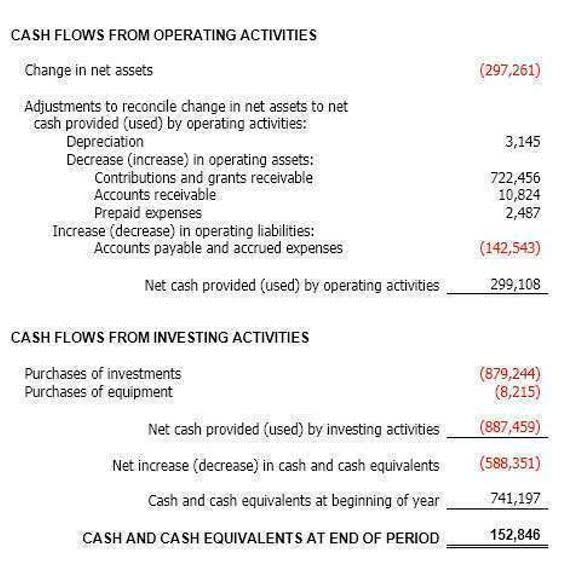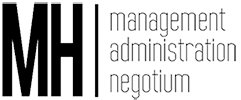Content

Enron’s fall from grace cost thousands of Americans their jobs and shook up Wall Street. Stock prices plunged from more than $90 to 26 cents before they filed for bankruptcy. There’s no mystery as to how such a massive corporation disintegrated almost overnight—it’s because it had an outstanding history of deceptive business practices. Additionally, Enron also used special purpose entities to hide a high amount of debt and soured assets from their creditors and investors. As mentioned, mark-to-market accounting involves tabulating the fair market value of an asset. This could, for instance, involve the work of an appraiser evaluating inventory, or a building inspector’s report. It could also involve a lender reviewing accounts and determining which are bad debt, which they will then subtract from their other assets on the balance sheet or note as a contra asset.
Fewer Americans applied for jobless benefits last week – Maryland Daily Record
Fewer Americans applied for jobless benefits last week.
Posted: Fri, 16 Dec 2022 00:56:48 GMT [source]
This means that even a single wrongly-timed decision or market move can wipe out your whole account balance. If you are using the book value method, then the estimation would require a calculation mark to market accounting based on the price at the time of purchase and multiplying it by the number of purchased shares. Understandably, mark to market is a much more accurate method than book value.
Mark-to-Market Accounting Cons
There are two counterparties on either side of a futures contract—a long trader and a short trader. The trader who holds the long position in the futures contract is usually bullish, while the trader shorting the contract is considered bearish. Mark to market is a method of measuring the fair value of accounts that can fluctuate over time, such as assets and liabilities.

This helps us understand why mark to market accounting is much more efficient and accurate. The reason is that it reveals the real amount you can exchange assets for today. That’s because it isn’t based on outdated information from a few years back. If the value falls below the threshold set by the broker, the trader receives a margin call. If he fails to deposit additional funds, his account is liquidated. Brokers use mark to market within other types of trading activity to grant investors access to margin accounts. Alternatively, to allow them to borrow funds and trade on credit to multiply their purchasing power.
Topic No. 429 Traders in Securities (Information for Form 1040 or 1040-SR Filers)
The end effect of the Enron scandal was to bring into question the accounting practices of many financial institutions. In a sense, mark-to-market accounting is not just used for businessbookkeeping. It’s used by average taxpayers every day when they attempt to figure out their net worth. This is because the net worth of most individuals is based on fluctuating assets, such as stocks and even real estate. Daily mark to market is the process of valuing an asset at the official closing price for each trading day.
What is total M2M PNL?
PNL is the Net returns on the position; Profit and loss, it takes difference between buy avg and sell avg price. M2M is the Mark to market returns (computed based on the last close and the last traded price) , It takes the difference between previous days settlement price and LTP.
MTM is mainly used in the investment and financial sectors, where profit involves daily gains from upward price fluctuations. The profit could be expressed over statement periods, no matter if the positions are opened or closed. The mark-to-market accounting method may be inaccurate because the fair market value is subject to an agreement between two sides willing to complete a transaction. The amount they agree upon might not reflect the actual worth of an asset. In personal accounting, the mark-to-market value of an asset will be the same as the cost to replace it at a given time, also known as replacement cost or the replacement value. The amount you paid is a historical cost, while the replacement cost will depend on the current conditions of the market.
Traders
Profit and loss are calculated between the long and short positions. If we compare mark to market accounting vs mark to model, guesswork plays a role in the latter, and values are assigned based on financial models instead of current market prices. The mark-to-market accounting method is primarily used in the financial industry to adjust the value of financial assets and liabilities, which tend to fluctuate over time. In sectors such as retail and manufacturing, companies have most of their value in long-term assets such as equipment , properties, plant, and assets that fall under inventory accounting and accounts receivable. These assets are not marked to market throughout the accounting cycle. The correction in value is expressed through impairment as circumstances require.
- A trader must keep detailed records to distinguish the securities held for investment from the securities in the trading business.
- The asset’s value is based on the current market environment, which makes it genuine and representative.
- Sometimes knowing the value of something is not as easy as assigning it the cost you paid for it.
- Naturally, this involves a long and short trader on each side of the contract.
Conversely, an increase in value results in an increase to the long margin account and a decrease to the short margin account. No – only assets that are generic and regularly traded can be marked to market.
Understanding Mark to Market (MTM)
The deposited funds are used as a “margin” or a protection for the exchange against potential losses. Think of the margin as a threshold that you should not fall below. Today, mark to market is an officially-recognized and widely-adopted methodology for tracking the fair and actual value of accounts and an entity or individual’s current financial situation. Toby is an attorney on a mission to help investors and business owners keep and grow more. Toby teaches extensively throughout the US to groups of investors and professionals, with many of his courses certified for continuing education credit for legal, accounting, and real estate professionals. He teaches a popular bi-weekly webinar, Tax Tuesday, where business owners and investors can ask any tax question and get answers LIVE on-air. In summary, it is possible to use mark-to-market accounting on assets with a lower degree of liquidity, but it’s most common and easiest to use MTM accounting with assets that have an index-based current market price.
What does daily mark-to-market mean?
Marking to Market (Financial Derivatives)
Marking to market refers to the daily settling of gains and losses due to changes in the market value of the security. For financial derivative instruments, such as futures contracts, use marking to market.


Deixar um comentário